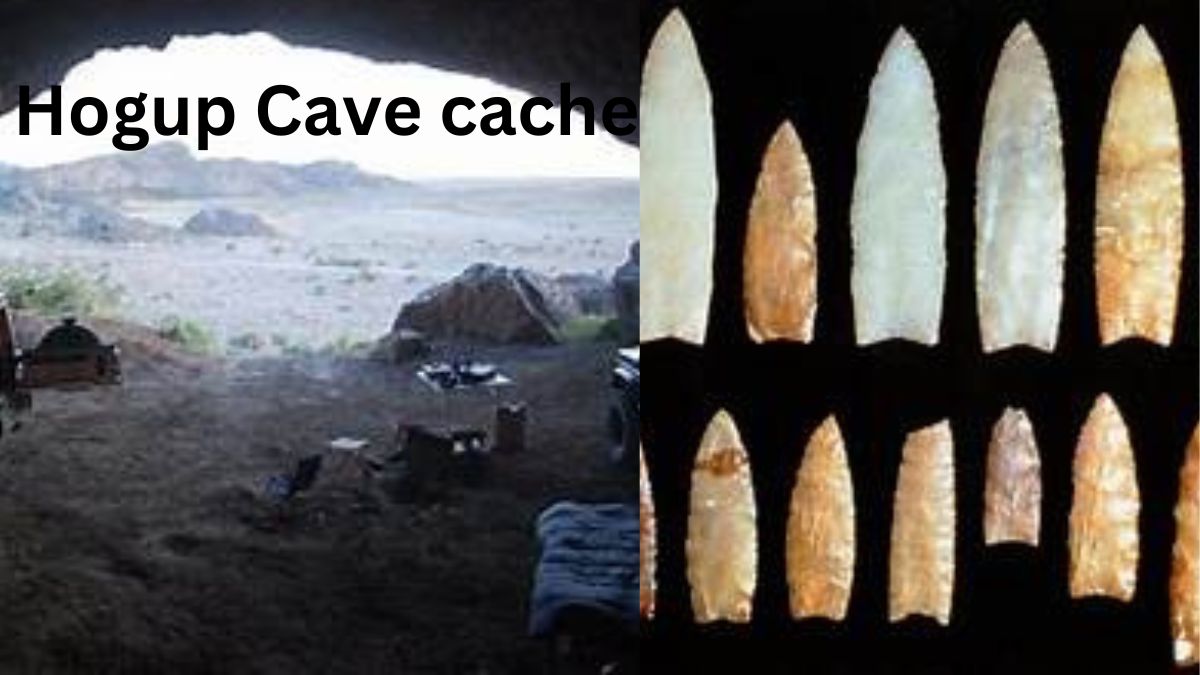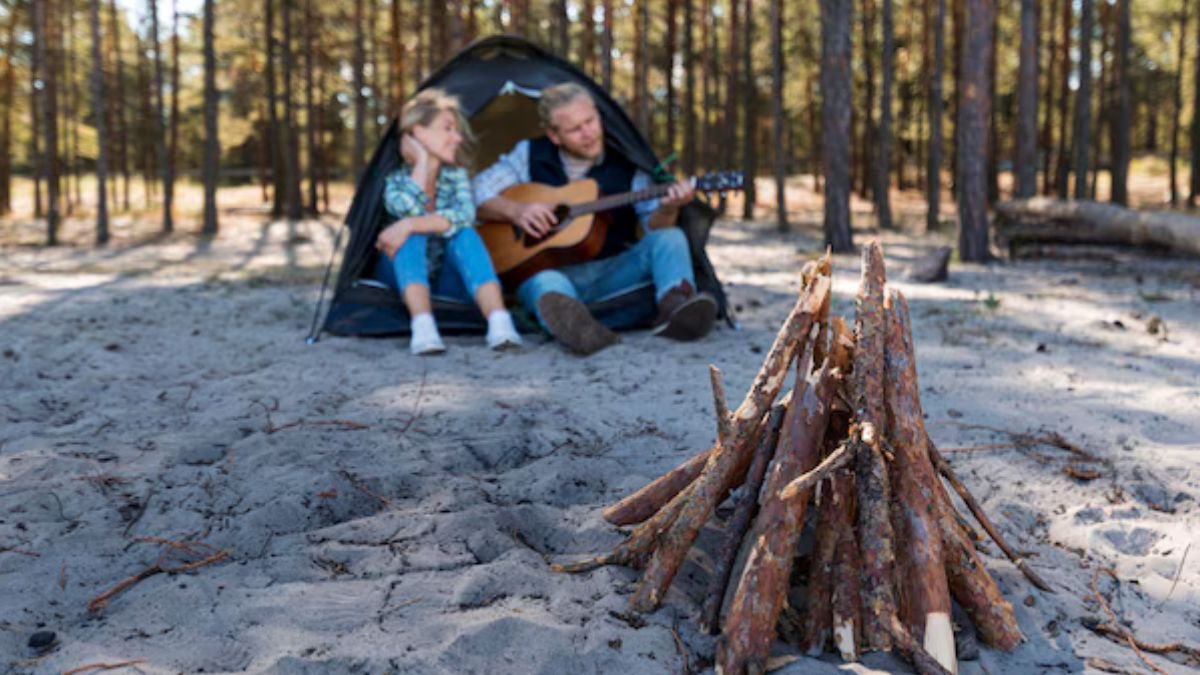The study of Historical Archaeology Native American Caches Pictures provides a unique lens through which we can view the past. Specifically, Native American caches present a fascinating aspect of this discipline, offering glimpses into the storage practices and daily lives of indigenous peoples. Historical archaeology bridges the gap between written history and material culture. It focuses on societies for which we have historical records, utilizing physical artifacts to complement and expand our understanding. This interdisciplinary field draws from history, anthropology, and archaeology to paint a comprehensive picture of past human activities.
Significance of Native American Caches
Caches, essentially hidden or buried stores of goods, were used by Native Americans for various purposes, including food storage, safekeeping of valuables, and ritualistic practices. These caches offer invaluable insights into the resourcefulness, cultural practices, and survival strategies of indigenous peoples.
Types of Caches
Food Storage Caches
Food storage was crucial for survival, especially in harsh climates or during lean seasons. Native American caches often included dried meats, corn, nuts, and other preserved foods. The techniques and materials used for these caches varied widely, reflecting the diverse environments inhabited by different tribes.
Artifact Caches
Artifacts, ranging from tools to ceremonial objects, were sometimes buried for safekeeping or as offerings. These caches can include pottery, weapons, and personal items, each providing clues about the daily life and spiritual practices of Native American communities.
Ceremonial Caches
Ceremonial caches, often associated with spiritual or religious practices, included items used in rituals or as offerings to deities. These caches help archaeologists understand the belief systems and ceremonial practices of Native American tribes.
Read also : https:// workink.co/2hk/aimmyv2 Exploring Remote Work with AIMMY
Discovering Caches: Archaeological Methods
Archaeologists employ a variety of methods to locate and excavate caches. These include:
Surveying and Mapping
Initial surveys and mapping help identify potential cache sites. Archaeologists look for telltale signs, such as disturbed soil or unusual vegetation patterns, that might indicate buried artifacts.
Excavation Techniques
Careful excavation is crucial to preserve the integrity of caches. Techniques vary depending on the cache’s location and depth, but generally involve systematic digging and sifting of soil to uncover artifacts.
Documentation and Analysis
Once a cache is excavated, detailed documentation and analysis follow. This includes photographing and cataloging artifacts, studying their composition and condition, and conducting contextual analysis to understand their significance.
Case Studies of Native American Caches
The Hopewell Culture Caches
The Hopewell culture, which flourished in the Ohio River Valley from 200 BCE to 500 CE, is known for its elaborate earthworks and rich caches of artifacts. Excavations of Hopewell sites have uncovered stunning examples of Native American craftsmanship, including intricately carved pipes and beautifully worked metal objects.
Ancestral Puebloan Caches
In the American Southwest, Ancestral Puebloan caches have revealed much about the resourcefulness and ingenuity of these ancient peoples. Caches found in cliff dwellings and pit houses often include well-preserved food stores and tools, offering a window into their daily lives.
Plains Indian Caches
Caches from the Plains Indians, particularly those of the Sioux and Cheyenne, provide insights into the nomadic lifestyles and survival strategies of these tribes. These caches often contain hunting equipment, clothing, and other items essential for life on the plains.
Interpreting Cache Pictures: What They Reveal
Pictures of caches play a crucial role in archaeological interpretation. They help researchers document finds, share discoveries with the public, and provide visual evidence that supports academic theories. High-quality photographs can reveal details that might be missed during excavation, such as tool marks or subtle color variations in pottery.
The Role of Technology in Cache Photography
Advancements in photographic technology have revolutionized the way caches are documented. Techniques such as 3D imaging and photogrammetry allow archaeologists to create detailed, interactive models of caches, providing a richer understanding of their contents and context.
Preserving and Displaying Caches
Once uncovered, caches need to be carefully preserved to prevent deterioration. This often involves conservation efforts, such as cleaning and stabilizing artifacts, as well as creating controlled environments for storage. Many caches are displayed in museums, where they can be studied and appreciated by the public.
Educational Value of Cache Exhibits
Museum exhibits featuring Native American caches provide educational opportunities for visitors of all ages. These displays help contextualize the artifacts within the broader scope of Native American history and culture, fostering a deeper appreciation and understanding.
Challenges in Cache Archaeology
Looting and Illicit Trade
One of the significant challenges in cache archaeology is the looting and illegal trade of artifacts. This not only results in the loss of invaluable cultural heritage but also disrupts the archaeological context, making it difficult to interpret the findings accurately.
Environmental Factors
Environmental factors, such as soil erosion and climate change, can threaten the preservation of caches. Archaeologists must work quickly and carefully to salvage these treasures before they are lost forever.
The Future of Cache Archaeology
The future of cache archaeology looks promising, with ongoing advancements in technology and methodology. Increased collaboration between archaeologists, indigenous communities, and policymakers will be crucial in protecting and studying these vital cultural resources.
Prominent Figures in Cache Archaeology
Arthur C. Parker
Arthur C. Parker, a Seneca archaeologist, was a pioneering figure in Native American archaeology. His work in the early 20th century laid the groundwork for much of what we know about Native American caches today.
Alfred V. Kidder
Alfred V. Kidder’s excavations in the American Southwest during the early 20th century provided significant insights into Ancestral Puebloan caches. His meticulous methods set new standards for archaeological research.
Anna O. Shepard
Anna O. Shepard, a leading figure in archaeological chemistry, contributed to the understanding of ceramics found in caches. Her innovative techniques for analyzing pottery composition have been widely adopted in the field.
Conclusion
The study of Native American caches through historical archaeology offers a fascinating glimpse into the past, revealing the resourcefulness, ingenuity, and cultural richness of indigenous peoples. Through careful excavation, documentation, and analysis, archaeologists continue to uncover the stories hidden within these caches, preserving and sharing them with the world. As we look to the future, ongoing collaboration and technological advancements will ensure that these invaluable cultural treasures are protected and understood for generations to com
FAQs
What are Native American caches?
Native American caches are hidden or buried stores of goods, such as food, tools, or ceremonial objects, used by indigenous peoples for various purposes.
Why are caches important in archaeology?
Caches provide valuable insights into the daily lives, cultural practices, and survival strategies of ancient peoples, offering a tangible connection to the past.
How are caches discovered?
Archaeologists use a combination of surveying, excavation, and advanced imaging techniques to locate and uncover caches.
What challenges do archaeologists face when studying caches?
Challenges include looting, environmental degradation, and the need for careful preservation and documentation to maintain the integrity of the finds.
How are cache artifacts preserved?
Artifacts are often cleaned, stabilized, and stored in controlled environments to prevent deterioration, with many displayed in museums for public education.
What role do indigenous communities play in cache archaeology?
Indigenous communities are increasingly involved in archaeological research, providing valuable cultural context and helping to protect and interpret their heritage.











